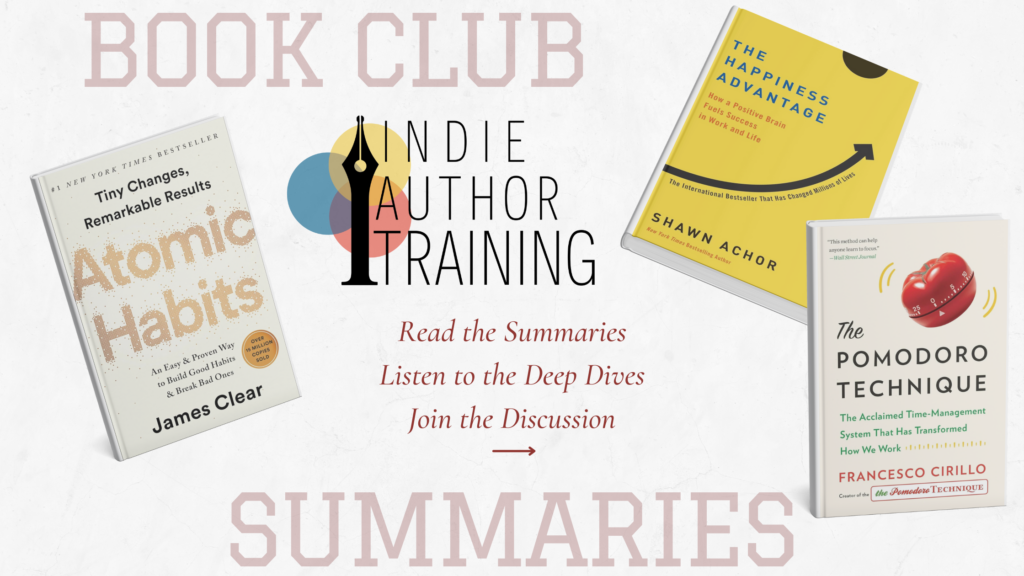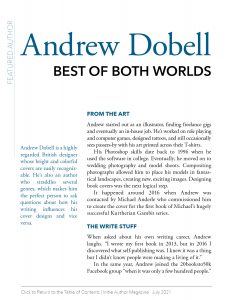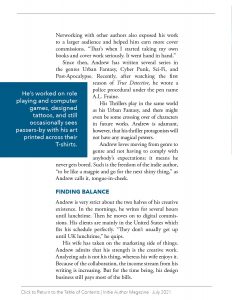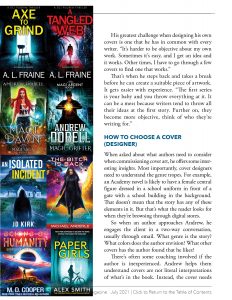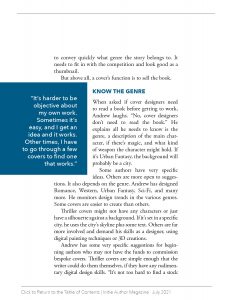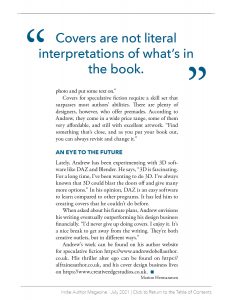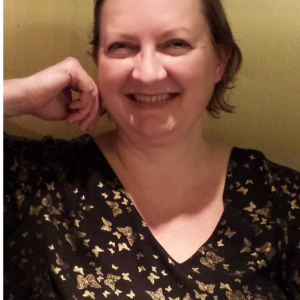Andrew Dobell is a highly regarded British designer whose bright and colorful covers are easily recognizable. He’s also an author who straddles several genres, which makes him the perfect person to ask questions about how his writing influences his cover designs and vice versa.
From the Art
Andrew started out as an illustrator, finding freelance gigs and eventually an in-house job. He’s worked on role playing and computer games, designed tattoos, and still occasionally sees passers-by with his art printed across their T-shirts.
His Photoshop skills date back to 1996 when he used the software in college. Eventually, he moved on to wedding photography and model shoots. Compositing photographs allowed him to place his models in fantastical landscapes, creating new, exciting images. Designing book covers was the next logical step.
It happened around 2016 when Andrew was contacted by Michael Anderle who commissioned him to create the cover for the first book of Michael’s hugely successful Kurtherian Gambit series.
The Write Stuff
When asked about his own writing career, Andrew laughs. “I wrote my first book in 2013, but in 2016 I discovered what self-publishing was. I knew it was a thing but I didn’t know people were making a living of it.”
In the same year, Andrew joined the 20booksto50k Facebook group “when it was only a few hundred people.” Networking with other authors also exposed his work to a larger audience and helped him earn more cover commissions. “That’s when I started taking my own books and cover work seriously. It went hand in hand.”
Since then, Andrew has written several series in the genres Urban Fantasy, Cyber Punk, Sci-Fi, and Post-Apocalypse. Recently, after watching the first season of True Detective, he wrote a police procedural under the pen name A.L. Fraine.
His Thrillers play in the same world as his Urban Fantasy, and there might even be some crossing over of characters in future works. Andrew is adamant, however, that his thriller protagonists will not have any magical powers.
Andrew loves moving from genre to genre and not having to comply with anybody’s expectations; it means he never gets bored. Such is the freedom of the indie author, “to be like a magpie and go for the next shiny thing,” as Andrew calls it, tongue-in-cheek.
Finding Balance
Andrew is very strict about the two halves of his creative existence. In the mornings, he writes for several hours until lunchtime. Then he moves on to digital commissions. His clients are mainly in the United States which fits his schedule perfectly. “They don’t usually get up until UK lunchtime,” he quips.
His wife has taken on the marketing side of things. Andrew admits that his strength is the creative work. Analyzing ads is not his thing, whereas his wife enjoys it. Because of the collaboration, the income stream from his writing is increasing. But for the time being, his design business still pays most of the bills.
His greatest challenge when designing his own covers is one that he has in common with every writer. “It’s harder to be objective about my own work. Sometimes it’s easy, and I get an idea and it works. Other times, I have to go through a few covers to find one that works.”
That’s when he steps back and takes a break before he can create a suitable piece of artwork. It gets easier with experience. “The first series is your baby and you throw everything at it. It can be a mess because writers tend to throw all their ideas at the first story. Further on, they become more objective, think of who they’re writing for.”
How to choose a cover (designer)
When asked about what authors need to consider when commissioning cover art, he offers some interesting insights. Most importantly, cover designers need to understand the genre tropes. For example, an Academy novel is likely to have a female central figure dressed in a school uniform in front of a gate with a school building in the background. That doesn’t mean that the story has any of these elements in it. But that’s what the reader looks for when they’re browsing through digital stores.
So when an author approaches Andrew, he engages the client in a two-way conversation, usually through email. What genre is the story? What colors does the author envision? What other covers has the author found that he likes?
There’s often some coaching involved if the author is inexperienced. Andrew helps them understand covers are not literal interpretations of what’s in the book. Instead, the cover needs to convey quickly what genre the story belongs to. It needs to fit in with the competition and look good as a thumbnail.
But above all, a cover’s function is to sell the book.
Know the genre
When asked if cover designers need to read a book before getting to work, Andrew laughs. “No, cover designers don’t need to read the book.” He explains all he needs to know is the genre, a description of the main character, if there’s magic, and what kind of weapon the character might hold. If it’s Urban Fantasy, the background will probably be a city.
Some authors have very specific ideas. Others are more open to suggestions. It also depends on the genre. Andrew has designed Romance, Western, Urban Fantasy, Sci-Fi, and many more. He monitors design trends in the various genres. Some covers are easier to create than others.
Thriller covers might not have any characters or just have a silhouette against a background. If it’s set in a specific city, he uses the city’s skyline plus some text. Others are far more involved and demand his skills as a designer, using digital painting techniques or 3D creations.
Andrew has some very specific suggestions for beginning authors who may not have the funds to commission bespoke covers. Thriller covers are simple enough that the writer could do them themselves, if they have any rudimentary digital design skills. “It’s not too hard to find a stock photo and put some text on.”
Covers for speculative fiction require a skill set that surpasses most authors’ abilities. There are plenty of designers, however, who offer premades. According to Andrew, they come in a wide price range, some of them very affordable, and still with excellent artwork. “Find something that’s close, and as you put your book out, you can always revisit and change it.”
An eye to the future
Lately, Andrew has been experimenting with 3D software like DAZ and Blender. He says, “3D is fascinating. For a long time, I’ve been wanting to do 3D. I’ve always known that 3D could blast the doors off and give many more options.” In his opinion, DAZ is an easy software to learn compared to other programs. It has led him to creating covers that he couldn’t do before.
When asked about his future plans, Andrew envisions his writing eventually outperforming his design business financially. “I’d never give up doing covers. I enjoy it. It’s a nice break to get away from the writing. They’re both creative outlets, but in different ways.”
Andrew’s work can be found on his author website for speculative fiction https://www.andrewdobellauthor.co.uk. His thriller alter ego can be found on https://alfraineauthor.co.uk, and his cover design business lives on https://www.creativeedgestudios.co.uk.


